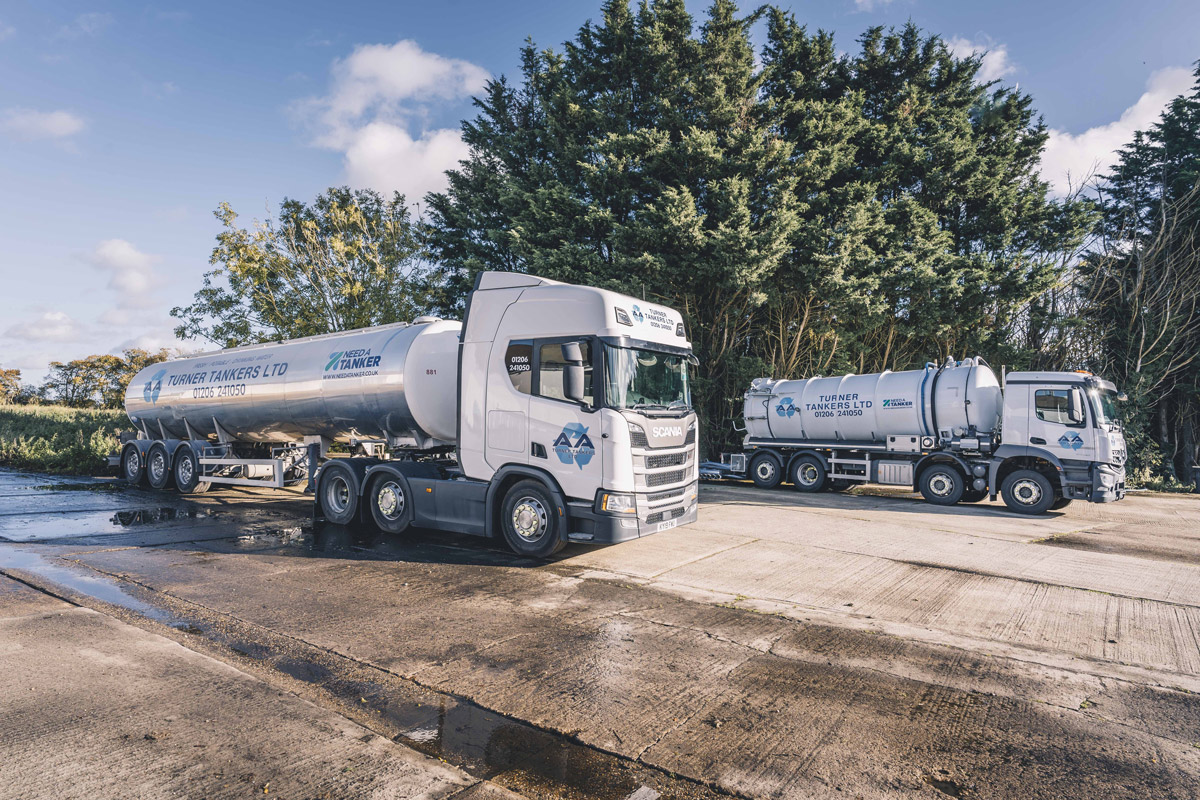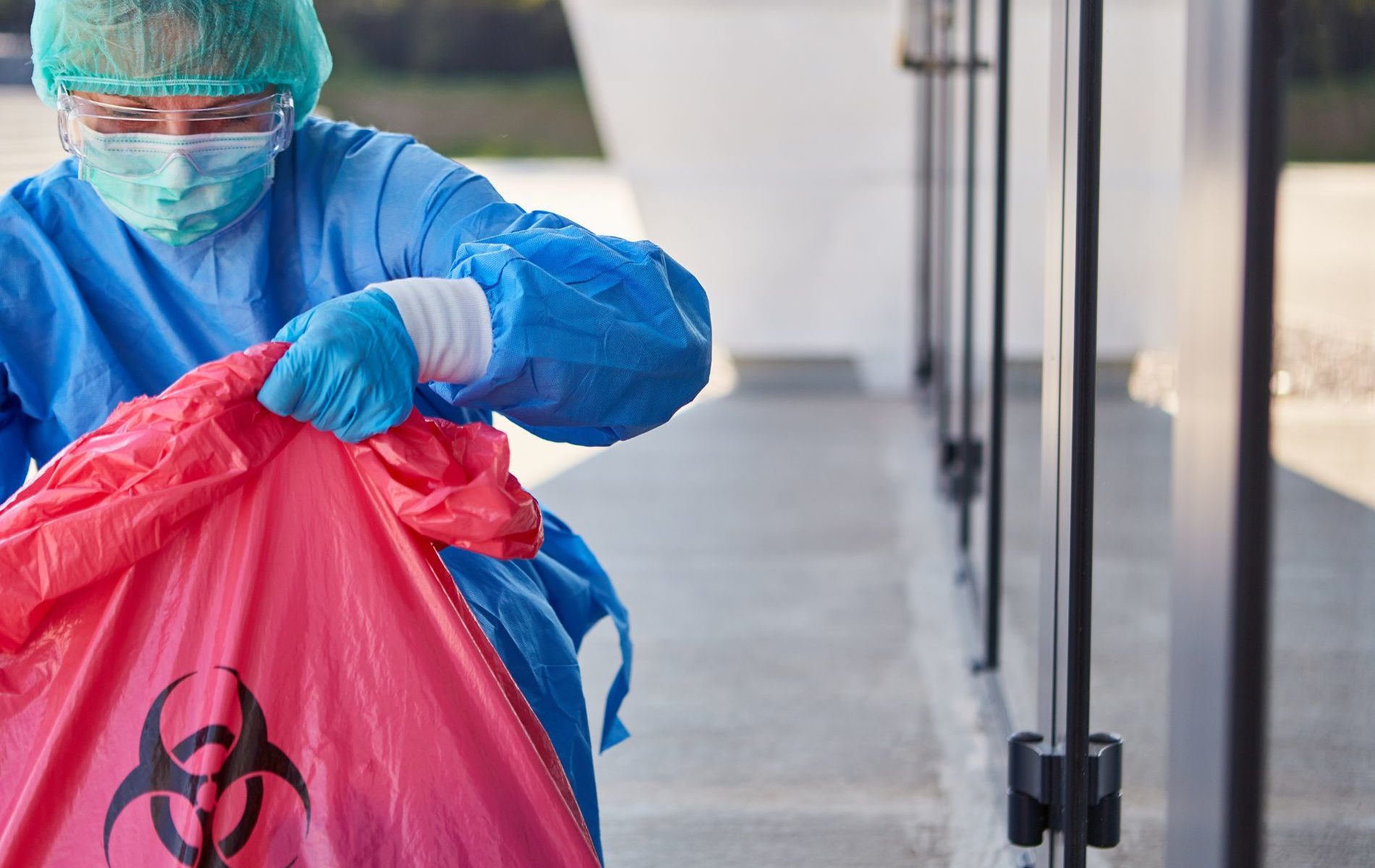Reclaim Waste Fundamentals Explained
Reclaim Waste Fundamentals Explained
Blog Article
Facts About Reclaim Waste Uncovered
Table of ContentsNot known Details About Reclaim Waste The 7-Minute Rule for Reclaim WasteHow Reclaim Waste can Save You Time, Stress, and Money.The Ultimate Guide To Reclaim Waste4 Easy Facts About Reclaim Waste Explained
Domestic sewage waste refers to the waste and products from a residential septic container. The appropriate monitoring and disposal of residential sewage waste need fluid waste to be transferred to a sewer treatment plant where the appropriate methods and tools are applied to purify and dispose of waste.
Commercial waste commonly includes prospective dangers, such as combustible products or a combination of liquid and strong waste products, and needs an advanced and comprehensive disposal procedure. The disposal of industrial waste usually includes the purification of waste prior to transport to guarantee secure and appropriate disposal. Hazardous waste is developed from byproducts and overflow of industrial procedures and manufacturing.
This sort of waste can not utilize the exact same sewer monitoring transportation or procedures as septic or industrial liquids. The hazardous waste monitoring procedure requires the assessment and screening of liquid waste prior to it undergoes the disposal process (liquid waste disposal). Overflow waste is the liquid waste that comes from runoff and excess stormwater in highly inhabited locations or cities
Overflow waste can trigger contamination and flooding otherwise dealt with correctly. Discover more regarding sewage system cleaning and waste administration. Ensuring proper waste monitoring can protect against disasters and minimize ecological harm. Both individuals in domestic setups and specialists in business or manufacturing industries can benefit from understanding the procedures and laws of liquid waste management.
Getting My Reclaim Waste To Work
Contact PROS Services today to learn more about our waste monitoring and disposal solutions and the appropriate methods to look after the fluid waste you generate.
(https://www.domestika.org/en/reclaimwaste1)Do you know what takes place to your water when you end, flush the bathroom or drain pipes the washing maker? No? Well, it's worth recognizing. This supposed 'wastewater' is not only a vital resource but, after therapy, will certainly be released to our land, waterways or the sea. Made use of water from commodes, showers, baths, cooking area sinks, laundries and commercial procedures is referred to as wastewater.

water utilized to cool equipment or clean plant and equipment). Stormwater, a type of wastewater, is overflow that moves from agricultural and metropolitan areas such as roofing systems, parks, yards, roadways, paths and rain gutters into stormwater drains pipes, after rain. Stormwater moves without treatment directly to local creeks or rivers, ultimately getting to the sea.
An Unbiased View of Reclaim Waste
In Queensland, the majority of wastewater is treated at sewer treatment plants. Wastewater is carried from domestic or commercial sites with a system of drains and pump imp source stations, referred to as sewerage reticulation, to a sewer therapy plant. City governments develop, maintain and operate most sewage treatment plants. Operators are accredited under the Environmental Management Act 1994 to release cured wastewater at an appropriate ecological standard into waterways.
The Department of Natural Resources encourages regional governments about handling, operating and preserving sewerage systems and treatment plants. In unsewered areas, neighborhood federal governments might need householders to set up specific or house sewage treatment systems to deal with residential wastewater from toilets, kitchen areas, shower rooms and laundries. The Division of Natural Resources authorizes using household systems when they are proven to be effective.
In some brand-new communities, treatment of some stormwater to remove clutter, sand and crushed rock has actually started utilizing gross contaminant catches. Wastewater therapy happens in 4 phases: Removes strong matter.
Makes use of little living microorganisms recognizes as micro-organisms to damage down and eliminate remaining dissolved wastes and great particles. Micro-organisms and wastes are incorporated in the sludge.
The Single Strategy To Use For Reclaim Waste
Nutrient removal is not offered whatsoever sewer treatment plants due to the fact that it calls for costly specialized tools. It is becoming extra typical in Queensland. Clear fluid effluent created after therapy may still include disease-causing micro-organisms. If this effluent is launched into rivers such as rivers or the sea, the micro-organisms will at some point die out.

A lot of wastewater streams into the sewerage system. Under the Act, regional governments provide approvals and permits for environmentally relevant activities (Ages) entailing wastewater launches that might have a local effect.
The 8-Second Trick For Reclaim Waste
Otherwise, examples are considered lab evaluation. Often many examinations are required to establish the degrees of each of the different pollutants such as oils, heavy metals and chemicals in water. Monitoring offers factual info concerning water quality and can confirm that permit conditions are being fulfilled. The info gotten via monitoring provides the basis for making water top quality choices.
Report this page